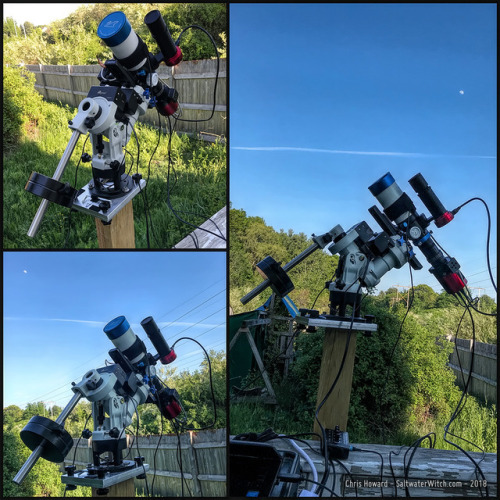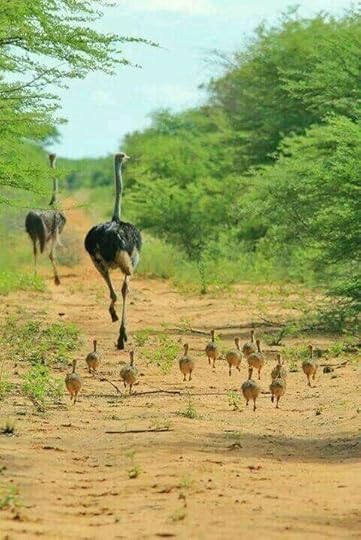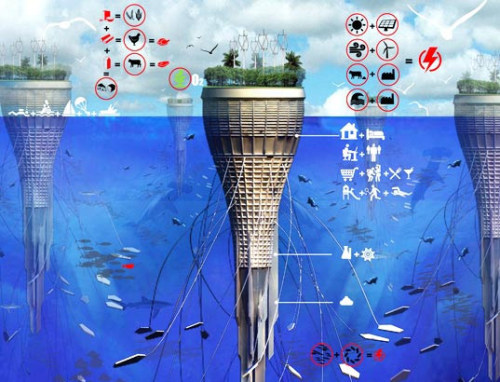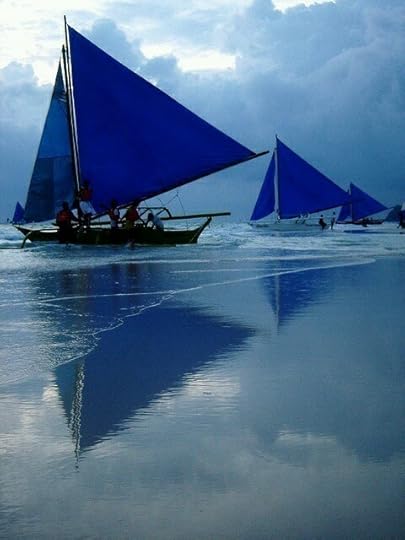Chris Howard's Blog, page 64
May 25, 2018
Fourteen stacked frames through the powerlines: The Lagoon...

Fourteen stacked frames through the powerlines: The Lagoon Nebula (M8, NGC 6523) and Trifid Nebula (M20, NGC 6514). We have a couple sets of transmission lines running east-west south of our property, and unfortunately they interfere with the amazing stuff in the constellation Sagittarius, which is even lower on the horizon than Serpens (also amazing). Transit for M8 is 23°, compared with 33° or so for the Eagle Nebula. We really need to take a trip south to get a better view of these beautiful ionized hydrogen structures. At the middle and lower left I also captured two globular clusters, NGC 6544 and NGC 6553. That’s a very bright section of the milky way lighting up the whole lower left of the frame. Yes, there are stars running through the long bands of power lines, because over the 16 or so minutes of exposure time the earth rotated about four degrees. So, those stars were not obscured by the lines in some of my exposures, but when I stack them all together, aligning all the stars, they’re going to appear where they were when camera caught them. That’s also why the powerlines appear blurry–they’re actually smeared out across the frame. They are much narrow and sharper than that in the individual subs. What’s funny–to me, anyway–is that I was shooting the Eagle Nebula, and after 30 or so exposures I started to wonder if I had a chance to get the Lagoon Nebula. I slewed even lower toward the horizon, took a text frame, and saw the powerlines running through it…and thought what the hell, maybe the lines will look kind of cool in the foreground. http://SaltwaterWitch.com/astronomy
May 24, 2018
Here’s my setup for tonight’s astro session: William...

Here’s my setup for tonight’s astro session: William Optics ZS61 and the ZWO ASI071MC cooled color camera. I’ll be running this at f/4.7 with a field of view of 4.7° × 3.1°. The moon’s already up–you can see it in the background of the right and bottom frames, so I’m hoping for pretty clear and dark skies around 1 - 2am. More of my astro imaging stuff here: http://SaltwaterWitch.com/astronomy
May 23, 2018
May 20, 2018
akhan2001:
Ostriches chicksProbably not that different—picturing...

Ostriches chicks
Probably not that different—picturing the same scene 72 million years ago with velociraptors
nuutco:
Underwater Skyscraper.
Water-Scraper is an interesting...

Underwater Skyscraper.
Water-Scraper is an interesting approach to population growth, given that our seas are slowly rising. It is a futuristic idea from eVolo’s 2010 skyscraper competition. Being a nerd and having seen every episode of SeaQuest and SeaLab 2021, I fully support this architecture design. It looks like a giant jelly fish and each scraper is self sustaining. Thanks Inhabitat!
May 19, 2018
We have not had a really clear night for a month, and last night...

We have not had a really clear night for a month, and last night was still fairly poor for imaging. Even so, I set up the ZWOASI071C paired with a Nikon 24-85mm lens to see what I could capture for a wide-field shot centered on the star Deneb in the constellation Cygnus. This area of the Milky Way just happens to be surrounded by some distinctive clouds of ionized hydrogen, including the North America Nebula (NGC7000) and the Pelican Nebula (IC 5070). Both of these are pretty faint, but they are large, so if you stack enough frames you can bring out enough to see why NGC7000 was given its name. For size comparison, the North America Nebula is four times the size of a full moon. (122 stacked 30 sec. frames, ZWO ASI071MC cooled CMOS camera, iOptron CEM25P EQ mount, Nikon 24-85mm F/3.5-4.5 ED lens @ 85mm. Location: Stratham, New Hampshire, US. Bortle ~4) http://SaltwaterWitch.com









